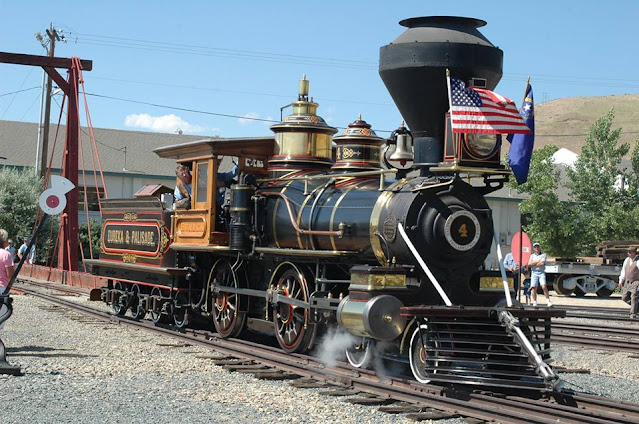The Sumpter Valley Railway

The Sumpter Valley Railway ran between Baker City, OR and Prairie City, OR. Part of the line used an earlier, unbuilt Union Pacific Railroad right of way for a Denver to the Pacific Coast line. Construction first began in 1890, the same year the first trains began running. ( Right of way ) It was primarily an operation for hauling logs to a sawmill at Baker City, but in addition to logging, the line also carried passengers and other revenue service. By 1910, it reached its full extent south to Prairie City. It wouldn't be long before automobile and trucking competition would prove too much for the line. Just 23 years after reaching Prairie City, the line abandoned the road south of Sumpter. By 1947, all but an industrial operation in Baker City remained of the line. Sumpter Valley Railway Company Number 16 Today, a heritage line uses the original right of way between Sumpter and McEwen , with the rest of the line abandoned. A small part of the former road is now under...



